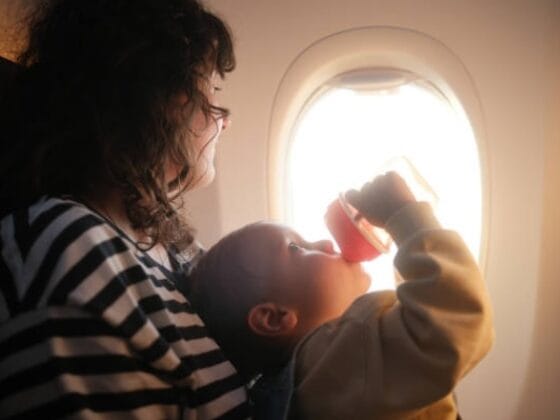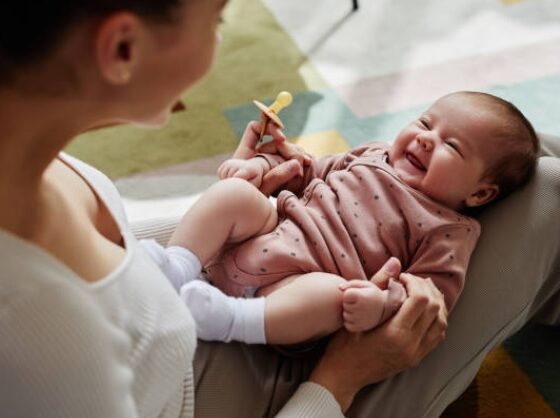What to Expect After Child Adoption – A Realistic Look at Life After the Final Paperwork. Let me tell you something no one really shouted from the rooftops when we finalized our adoption: adoption doesn’t end when the ink dries. That’s actually when the real adventure kicks off—messy, beautiful, emotional, sometimes exhausting, but totally life-changing. So if you’ve just adopted a child or you’re right on the edge of it, take a deep breath. Here’s a candid peek into what to expect after child adoption, from someone who’s walked through that wild, wonderful doorway.
The Honeymoon Phase: Sunshine and Bubble Wrap Feelings
In those first few days or weeks, everything might feel like a dream. Your new child may seem calm, sweet, and agreeable. You’ll probably be basking in that honeymoon glow, snapping a hundred photos a day, introducing them to neighbors, and crying happy tears over every tiny milestone—like the first giggle or when they call you “Mom” or “Dad” for the first time.
But here’s the thing: that phase? It’s like bubble wrap—it pops fast.
The child might just be trying to survive. They’re testing the waters, playing it safe. That cheerful compliance could flip into full-blown meltdowns once they feel secure enough to let their guard down. It’s not regression. It’s trust.

Emotional Whirlwinds: Yours, Theirs, and Everyone Else’s
Let’s talk about your heart for a second. You’ll feel joy, sure, but also confusion, maybe guilt, and a weird pang of “Shouldn’t I feel more bonded by now?”
Guess what? That’s normal.
Your child might not attach overnight. You might not either. This isn’t a rom-com montage. It’s more like planting a tree—it takes time, sunlight, and a ton of digging deep.
And siblings, friends, even grandparents? They might need time too. Everyone’s adjusting to this new puzzle piece. Let them. Encourage gentle connections, but don’t force fast feelings.
Bonding Isn’t a Magic Trick—It’s a Marathon
People throw the word “bonding” around like it’s a weekend project. It’s not. Some days, your child may cling to you. Other days, they might push you away so hard it knocks the wind out of you.
But bonding shows up in small, sacred moments: brushing hair without tears, reading bedtime stories, dancing in the kitchen, or just being present when they’re falling apart. Consistency builds trust. Predictability builds security. And eye contact? That stuff’s like gold.
Try games like peek-a-boo (yes, even with older kids—it’s about connection, not age) or mirror games. Co-regulation—helping them calm their stormy brains with your calm—is a beautiful bonding tool too.
Triggers, Trauma, and Tantrums (a.k.a. Tuesdays)
Some behaviors might seem way out of proportion. A broken crayon turns into a sob-fest. Bath time feels like a battlefield. Transitions cause panic.
These aren’t “bad” behaviors. They’re trauma responses. Your child’s nervous system has been through the wringer. Safety is still a question mark in their brain.
Discipline has to shift. Traditional parenting methods like time-outs or taking away privileges often backfire. What they need most is connection before correction. Try asking, “What do you need right now?” instead of “What’s wrong with you?”
You’re not spoiling them—you’re rewiring their sense of safety.

Paperwork, Pediatricians, and Post-Adoption Visits
I know, I know—you thought the paperwork was done. Surprise! There’s still a bit more.
Depending on your situation, you may have post-placement visits before finalization, or follow-ups even after it’s finalized. You’ll need to:
Update Social Security info
Add your child to health insurance
Schedule a full medical evaluation (including developmental and trauma-informed assessments)
Talk to schools about support (maybe even an IEP if needed)
And if you’re adopting internationally, brace yourself—there may be citizenship steps or even re-adoption requirements, depending on your country.
Strangers, Stories, and Sticky Questions
People will say the weirdest things.
“Are they your real child?”
“Where are their real parents?”
“You’re such a saint!”
Breathe. People usually mean well (though bless their tone-deaf hearts). Your story is yours to share—or not. You don’t owe anyone the details of your child’s history.
More importantly, your child doesn’t owe anyone an explanation, either. Teach them from the start that their story belongs to them, and they can share what they want, when they want, with who they want.
Growing Pains and the Long Game
Here’s the real kicker: adoption isn’t a one-and-done deal. It evolves. As your child grows, questions about identity, birth family, and belonging will bubble up. They might grieve parts of their past even if they’re thriving now.
Lean into those moments. Stay curious, open, and humble. Therapy can be a gift—for your child and for you. Don’t wait until things fall apart to seek support.
Final Thoughts: It’s Worth It. All of It.
There’s no manual for this journey. Some days you’ll feel like you’re nailing it. Other days, like you’re knee-deep in quicksand. That’s parenting. That’s adoption. That’s life.
But if there’s one thing I know for sure, it’s this: love is a verb, and healing is slow, steady magic. Celebrate the tiny wins. Hold space for the hard stuff. And remember—you’re not walking this road alone.






